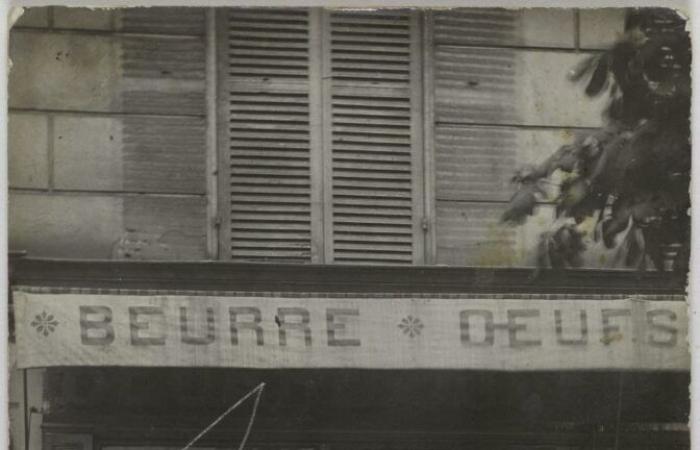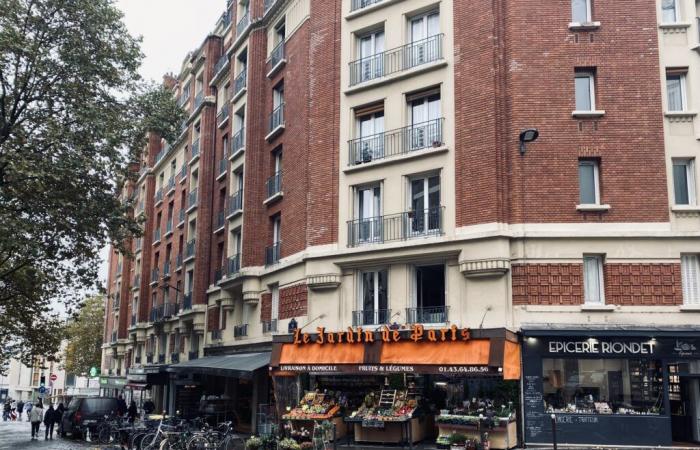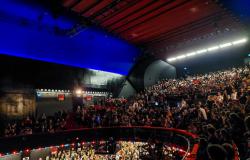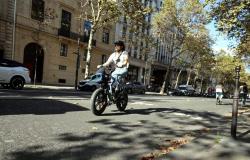Maison Auvinet, located at 102 rue de Belleville – between 1927 and 1938 (Source)
With nearly 190,000 inhabitants, the 20th arrondissement of Paris – the second most populous in the Capital – is definitely a place to live. Popular and cosmopolitan, the shopping landscape beats to the rhythm of its most emblematic districts, from Belleville to Ménilmontant via Gambetta. But above all, it draws its uniqueness from its history: festive suburbs, working-class neighborhoods and a welcoming land for migrants.
From rurality to migratory waves
An agricultural region in the Middle Ages with wine and market gardening, the future 20th arrondissement of Paris saw its economy evolve from the 18th century with the construction of the Mur des Fermiers Généraux. For tax purposes, the latter was erected on the current boulevards of Villette, Belleville and Charonne, to collect tax on goods entering the capital.
The towns and villages located beyond the financial confines of Paris become a favorite place for the opening of festive venueswhere wine is cheap – because it is less taxed than in the city. Parisians come to come and celebrate in the famous cabarets and taverns of Belleville.
The industrial revolution marks a new turning point. From the 19th century, industries chose eastern Paris to set up their factories, bringing with them a working population who also settled there. Small businesses then gradually develop to meet the needs of these newcomers. Faithful to the festive past of the area, wine stalls still make up half of the local businesses.
Maison Chevillot, located at 261 rue des Pyrénées – 1911 (Source)
Popular by nature, the 20th arrondissement of Paris is the scene of successive waves of migration from the 20th century: Central European Jewry at the end of the First World War in the Belleville-Ménilmontant district; Italian in the 1930s in Charonne; Tunisian Jewish from the 1950s; then Asian, West Indian and African in the 80s. Today, the shopping landscape of the 20th arrondissement of Paris reflects its history: singular, popular and cosmopolitan.
Fewer businesses, more homes
Since 2000, the City of Paris, the Chamber of Commerce and Industry (CCI) and the Atelier Parisien d’URbanisme (Apur) have established an inventory of Parisian businesses. Mon Petit 20e delved into the data from the last survey, dating from October 2020. Currently, the 20th arrondissement of Paris is home to nearly 3,000 businesses and commercial services. With 14 businesses per 1,000 inhabitants, the 20th is ultimately equipped with relatively few businesses ; the commercial fabric there is also half as dense as the Parisian average!
Food shops, located on Place Édith Piaf – 2024
Among the singularities of the district, we find an over-representation of food businesses, which represent 12% of commercial brands (i.e. 3 points more than in the rest of the city). They are mainly concentrated along the streets of Avron, Bagnolet, Ménilmontant and Belleville.
More residential than tourist areahotels represent only 1% of businesses in the district. That’s 20 times less than the rest of the city! Conversely, service brands (bank, hairdressing salon, laundromat, etc.) represent 22% of the neighborhood’s commercial fabric, whereas the figure drops to 9% on a Paris-wide scale. Finally, six food markets take over the sidewalks of the 20th to complete the shopping landscape of the district: Belgrand, Davout, Télégraphe, Mortier, Pyrénées, and Réunion.
The landscape of today and tomorrow?
If neighborhood life in the 20th arrondissement has long been punctuated by popular businesses, the appearance of supermarkets in the 1960s and the proliferation of chain stores have gradually replaced independent boutiques – the latest example, the arrival of the chocolatier Leonidas on avenue Gambetta, opposite the Pelleport metro station, in place of a clothing store.
The land attractiveness of the district has also made its contribution, with the arrival of young professionals and families, effectively renewing the offer of shops in the district with the opening of bulk grocery stores, stores organic and others coffee shops.
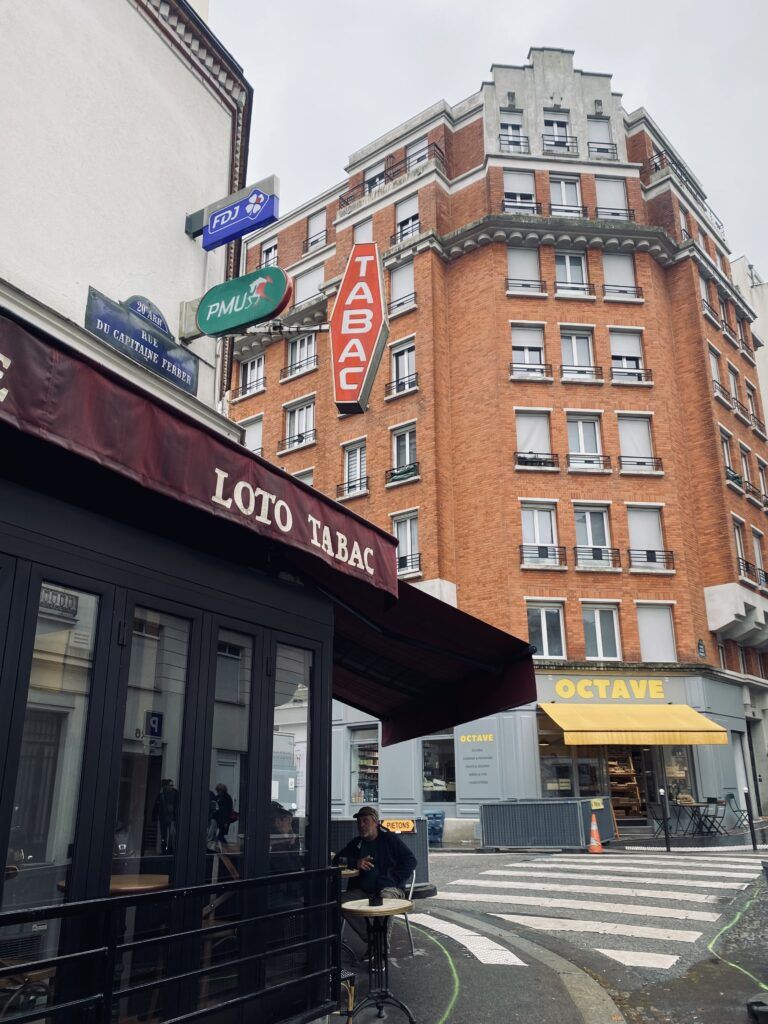
Tobacco bar and delicatessen, located rue du Capitaine Ferber – 2024
Last point, and not least: the inventory of Parisian businesses tells us that the vacancy of premises is higher in the 20th arrondissement than the Parisian average – there are currently around 500 empty spaces. The opportunity for us to ask you (and perhaps spark new vocations): what businesses do you think are missing in the 20th arrondissement?
Charlene Gilouppe
Freelance writer
Sources :
1/ The economic history of the 20th century: a territory of tradition and innovation – Town hall of the 20th
2/ What did the Wall of the Farmers General that surrounded Paris in the 18th century look like? – Culture yourself
3/ Once upon a time on the 20th… Les Guinguettes de Belleville – Town hall of the 20th
4/ Mapping application for businesses in Paris – LITTLE
5/ Businesses by municipality or district – data.gouv.fr
——————–
Also read:
Comparison: which are the cheapest supermarkets in the 20th arrondissement (2022)
Fallout from the Olympics: disappointing results for traders in the 20th arrondissement of Paris
24 places to brunch in the 20th arrondissement of Paris

